You gotta be joking, I thought, as Dick stepped across the hole and stood on the rickety wooden stage. But he wasn't!
“Step onto the platform and then across to the ladder,” Dick advised, as we looked down into the hole we were about to descend into.
“It’s only about 40 feet to the bottom and there’s a light down there,” he continued, before promptly disappearing into the earth. I was left on the edge trying to placate my fears of small, dark, confined places.




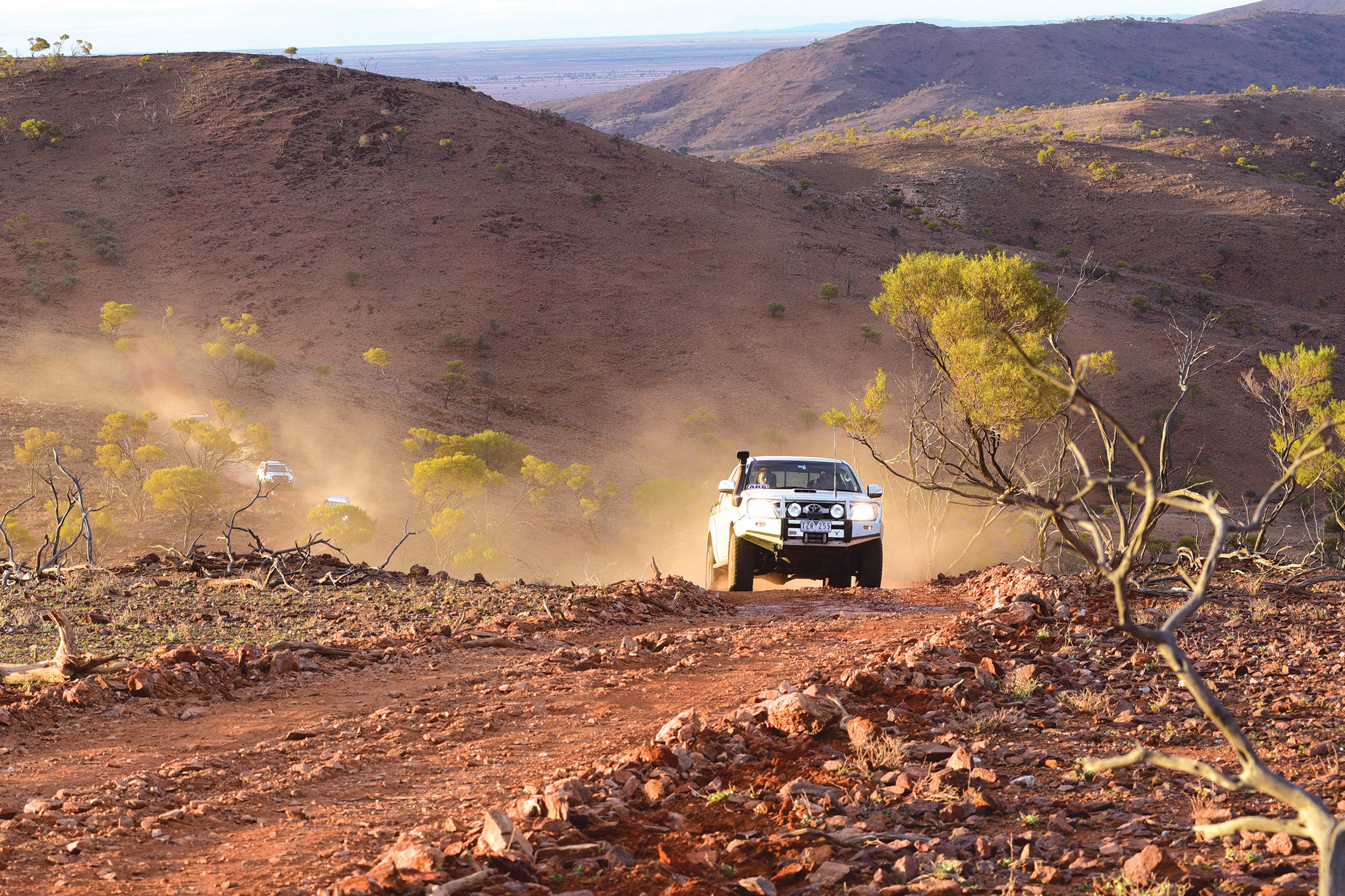
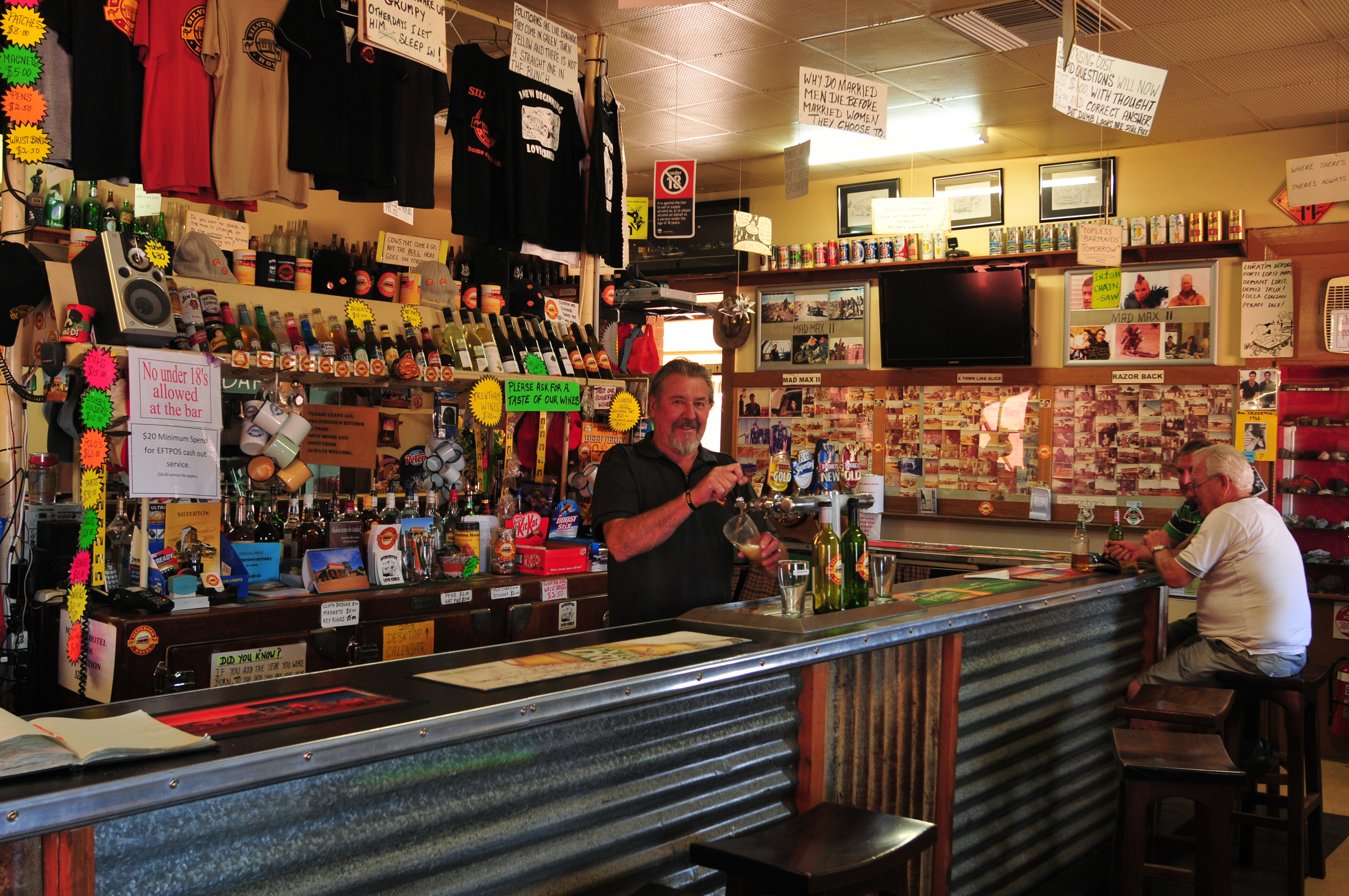
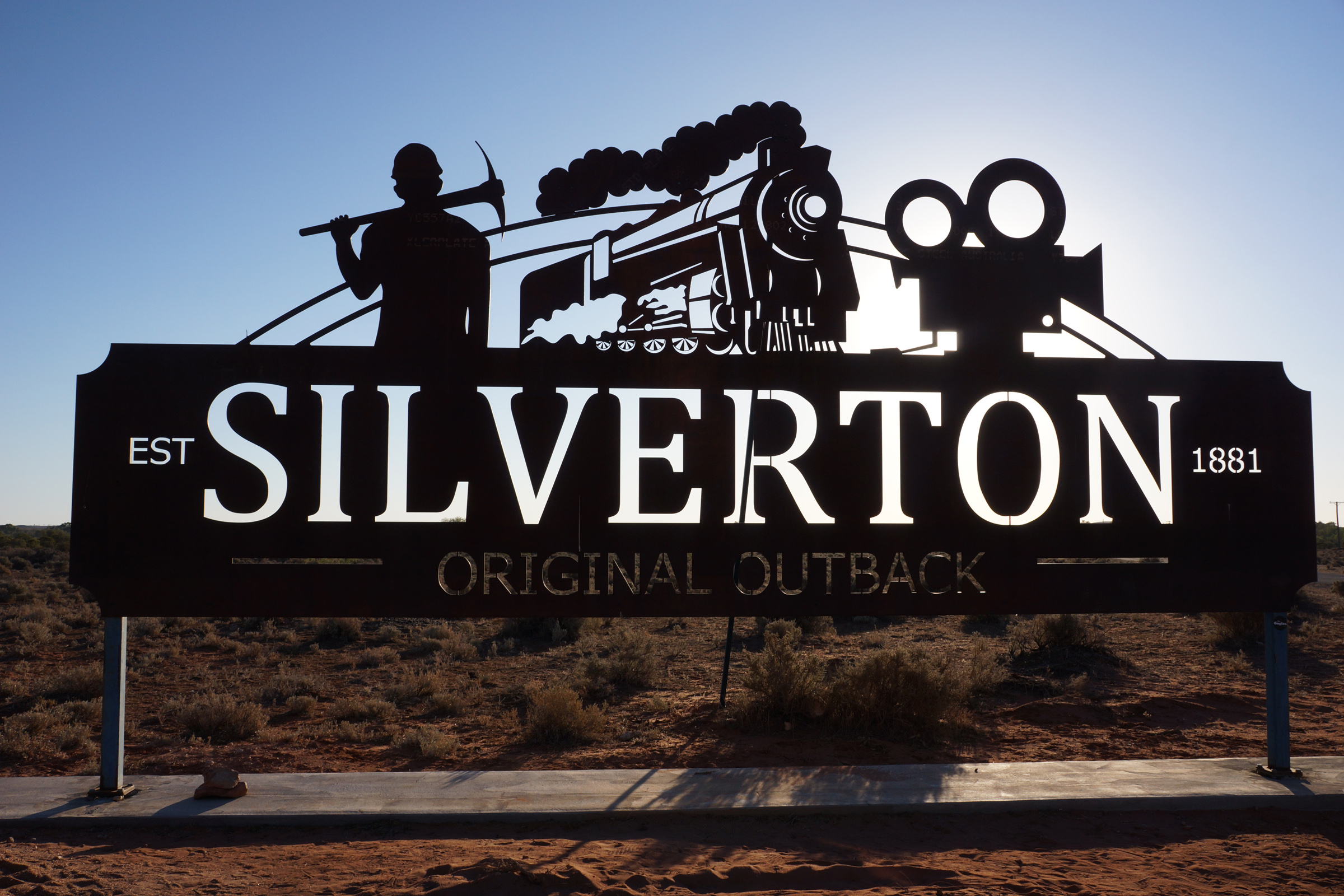
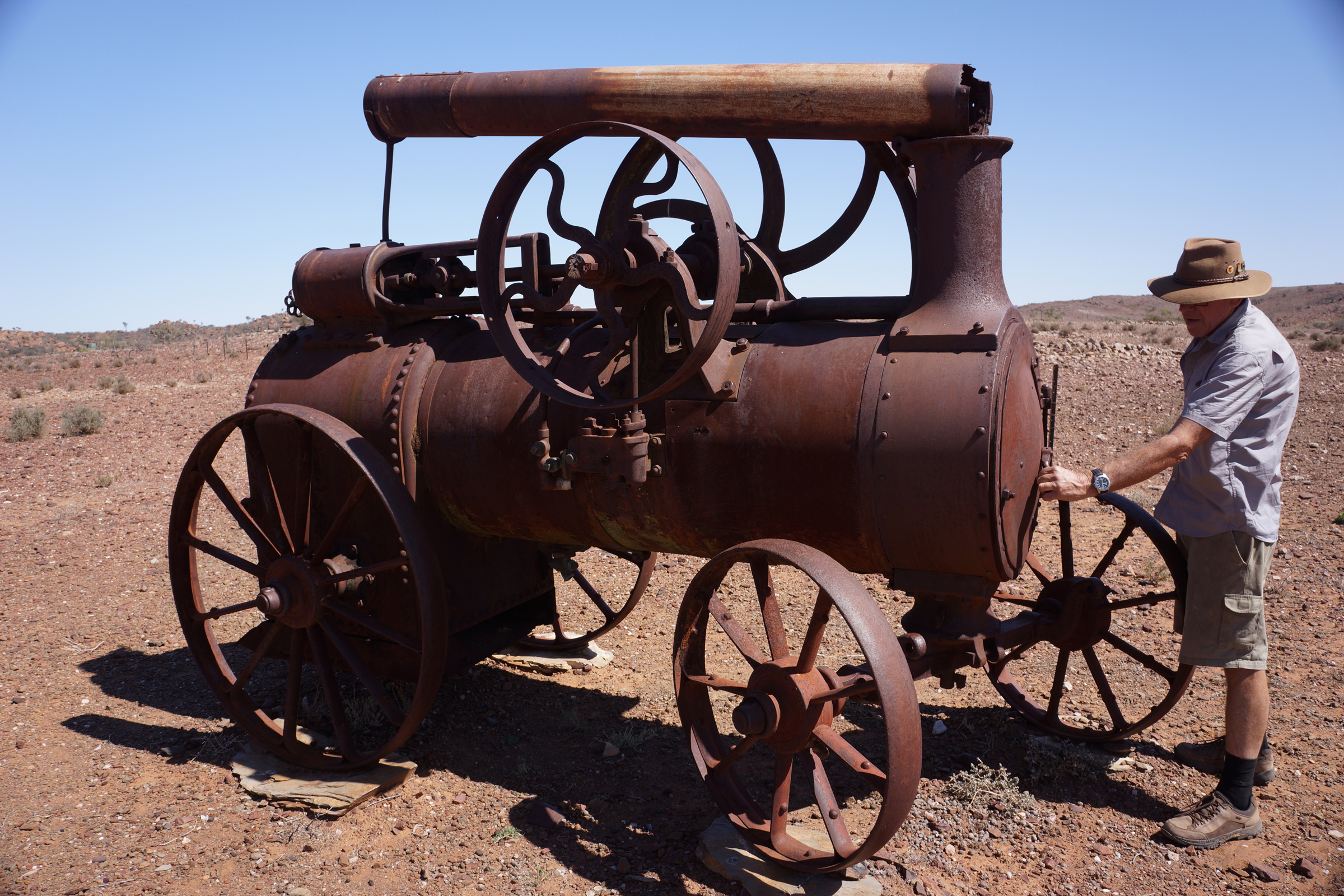
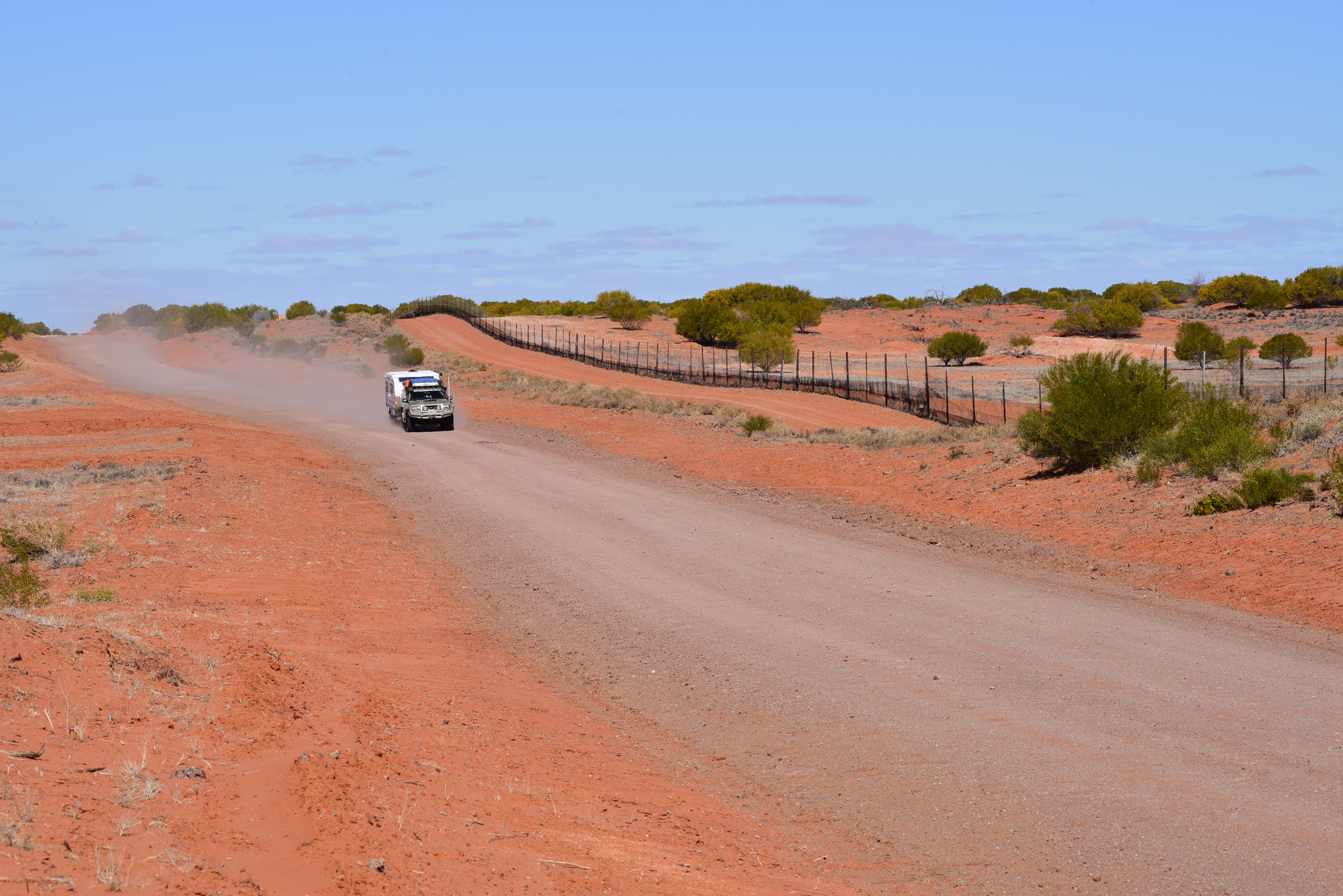
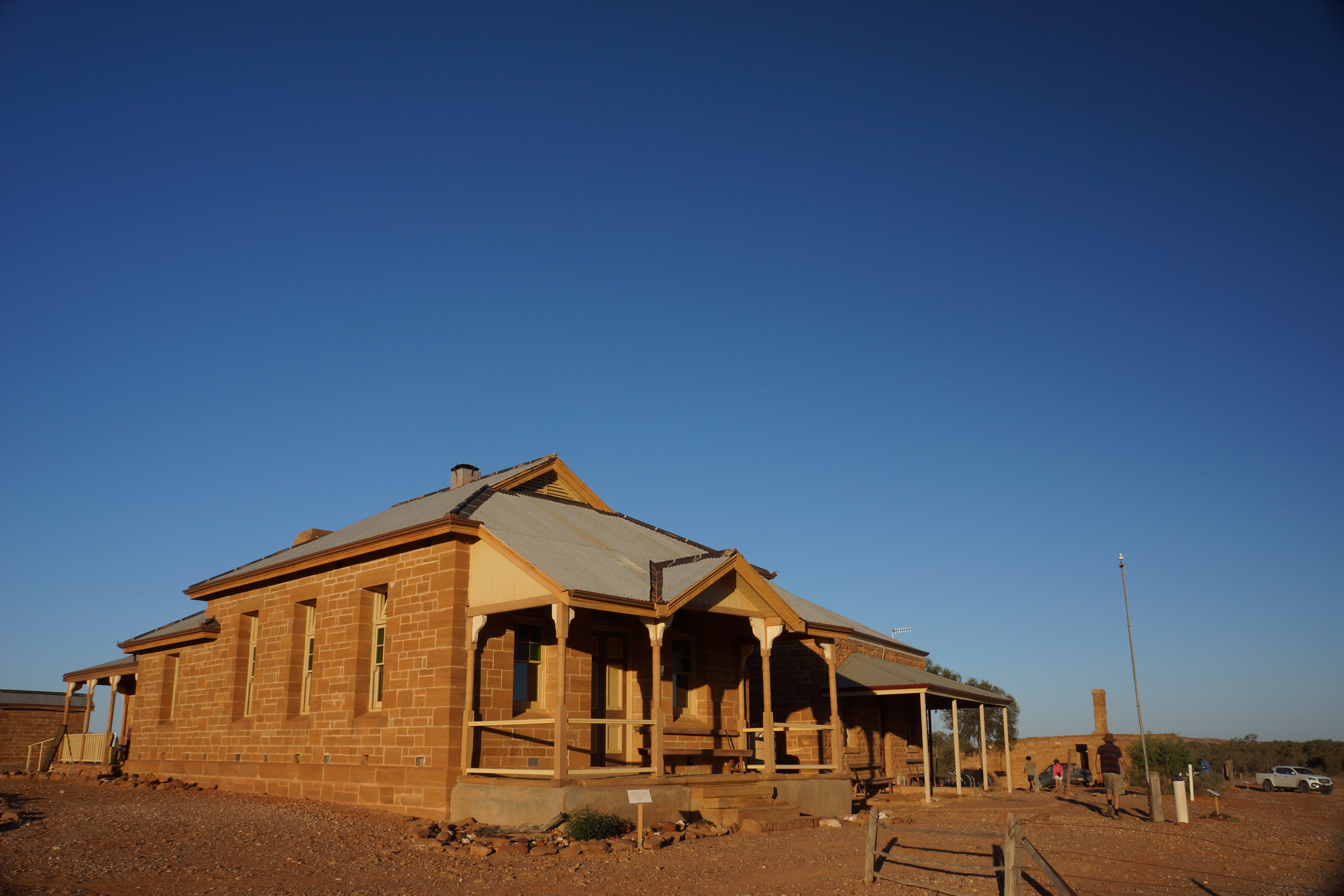

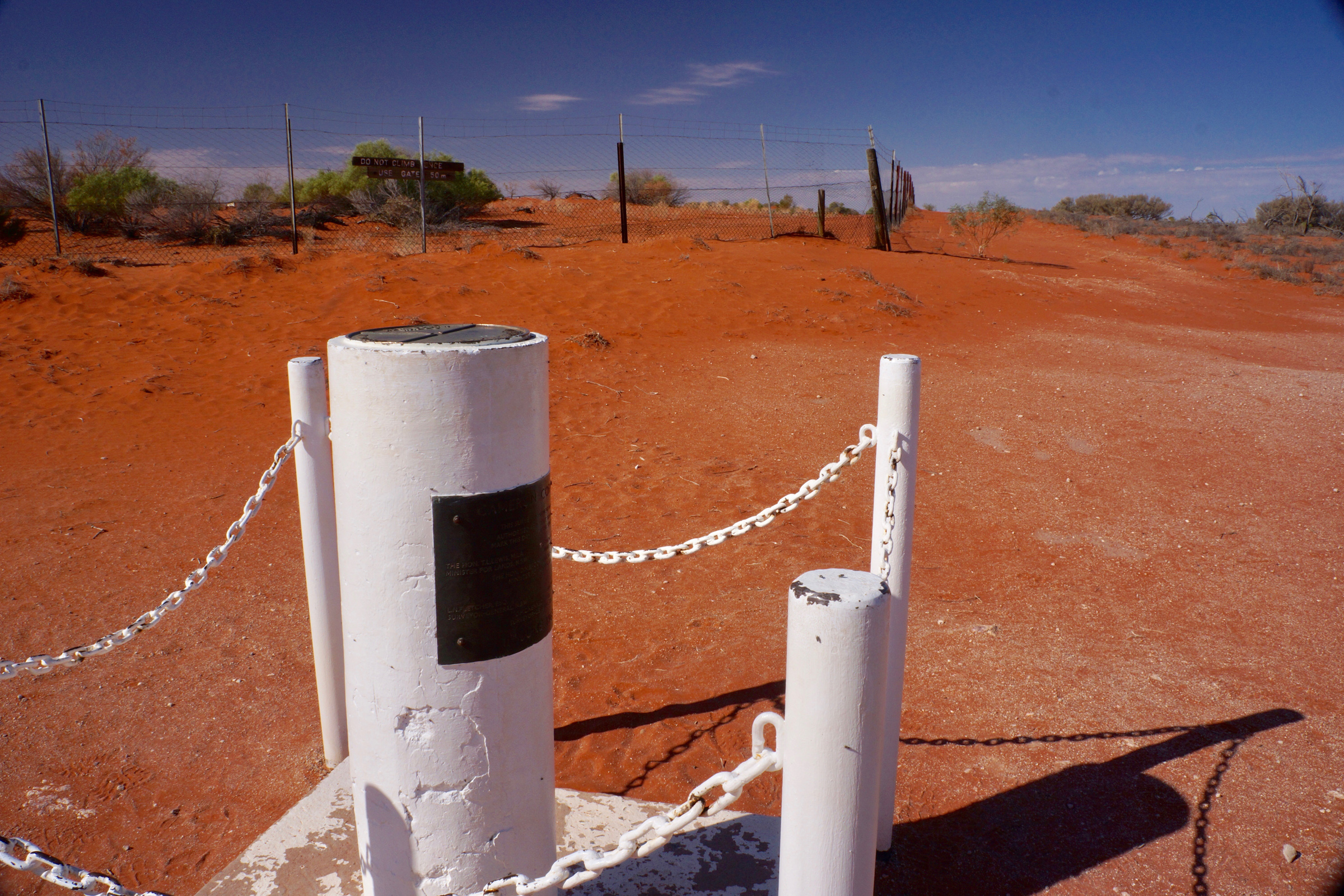

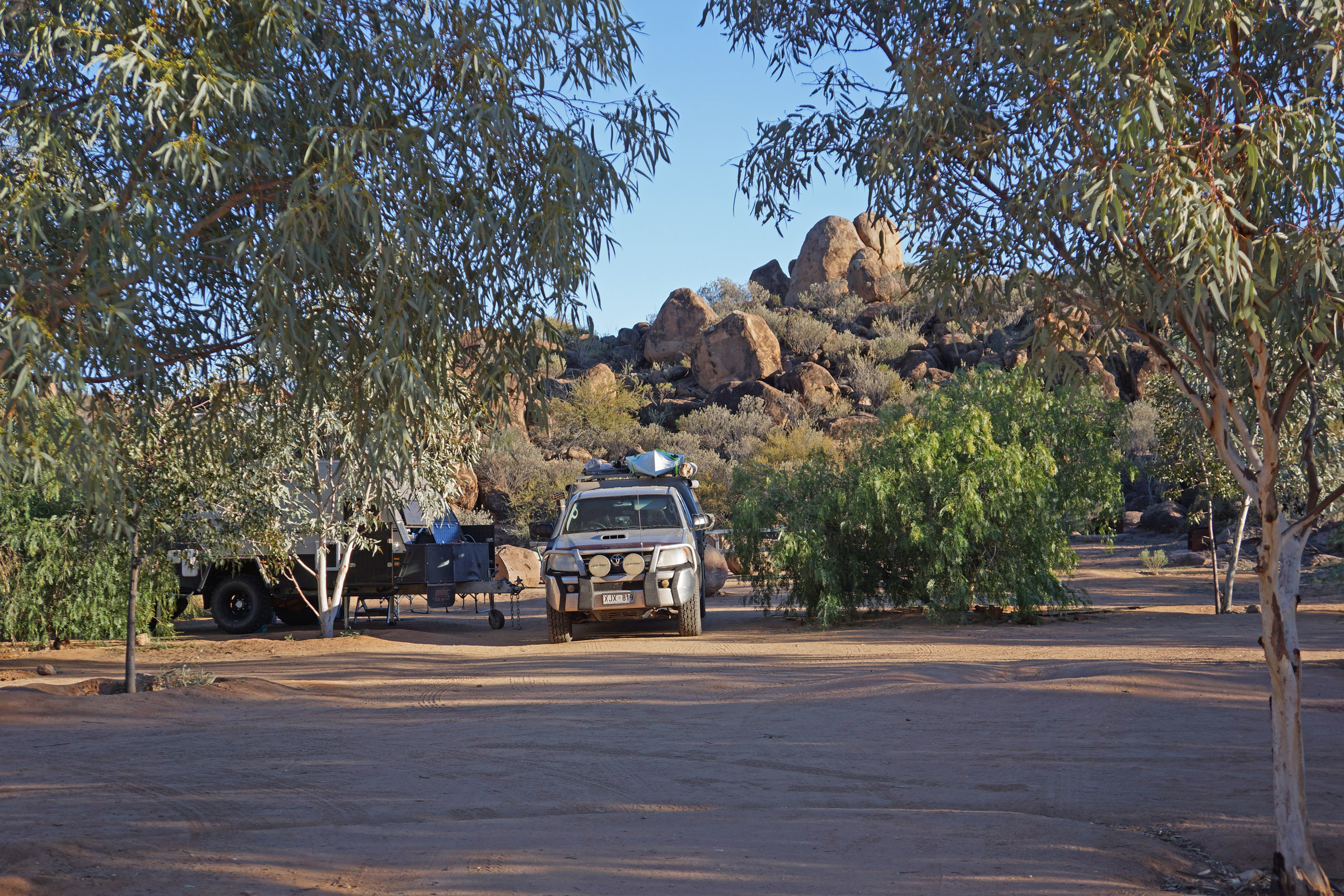
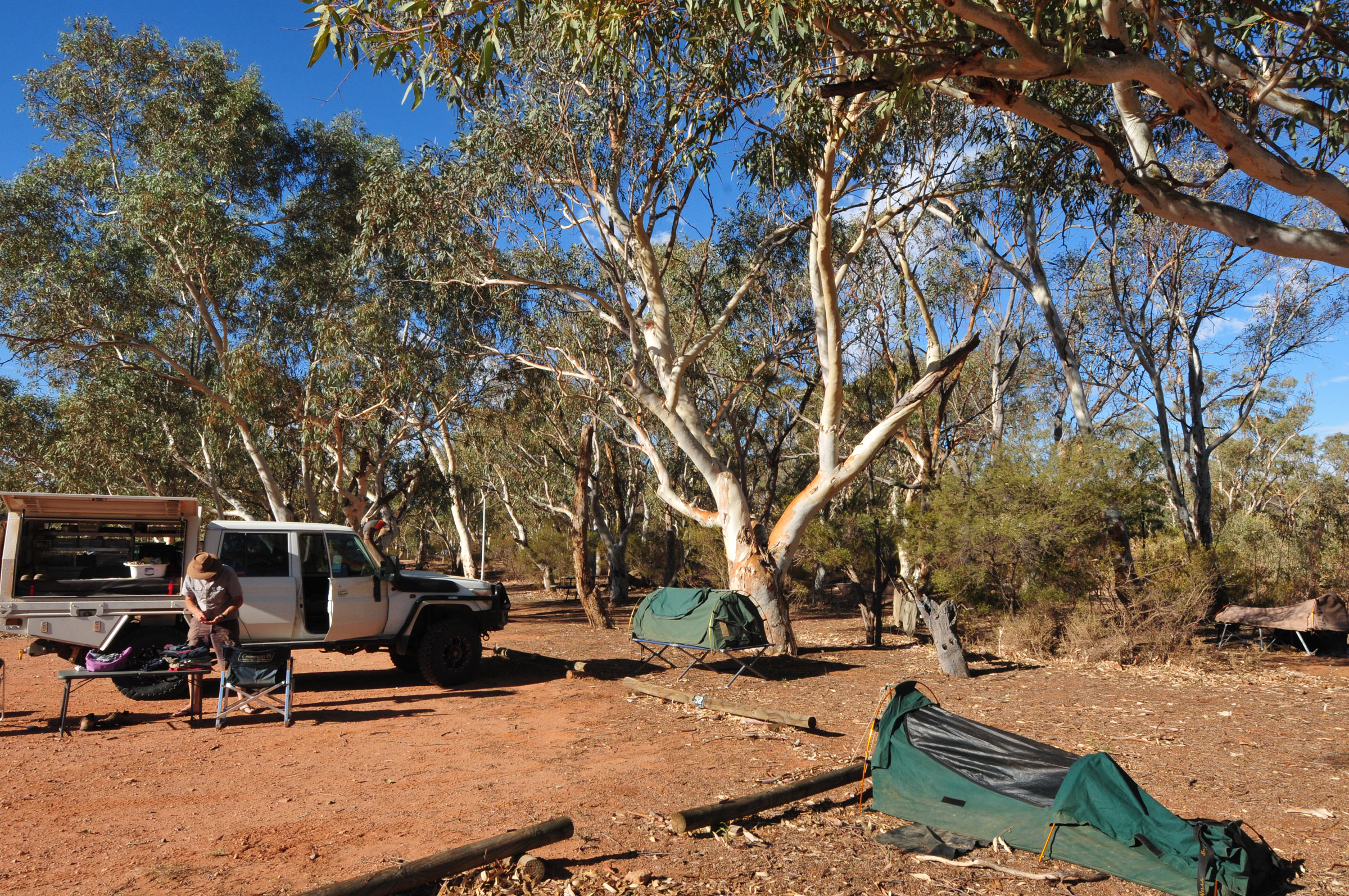


When I’d finally mustered the courage and headed down into the underground, I found myself on the small jackhammer used to break up the soft clay at the head of the mine.
Here, the mouth of what really is a giant vacuum cleaner laid in waiting, whistling and sucking the clay debris to the top of the mine where it was dumped straight into the back of an old truck.
“I pulled some good opal out of here a few weeks back,” Dick’s voice echoed from the semi-dark, above the noise of the vacuum cleaner. Whether he was just saying that for my benefit or whether it was the truth I wasn't sure, and I never really found out.
Like gold prospectors, opal miners, in my experience, rarely tell the whole truth — fearing that if they give it, either a swarm of miners will descend onto their plot, or worse, the tax commissioner will ask tough questions on treasures unearthed and monies earned.
We were at White Cliffs, the opal mining town in the far west of NSW, where the latest census counted 103 people living and working. After a few days in this isolated settlement, we reckoned absolutely everybody must have been home when they did the count; certainly it was not done in summer when the population drops to near single figures.
BEGINNING IN BROKEN HILL
Our trip around Corner Country had started 10 days before in the once great mining colossus of Broken Hill. While mining still goes on there, the great silver and lead mine that brought prosperity and people to this part of NSW is just a shadow of its former self. Still, the town is a great place to start any travel in western NSW and boasts great heritage along with some of the finest art galleries and friendly drinking holes you can find anywhere.
We had first headed to Silverton, which has its fabulous pub to enjoy, a range of art galleries and a museum along with a scattering of mining ruins nearby. One of the places not to miss, though, is the Daydream Mine, which began back in the 1880s. Once a rich silver mine, a smelter was built nearby and by 1885 there were over 500 people living in the nearby town of Wilson, relying on the mine and the smelter for their day-to-day existence.
Today the mine itself is very much like it was, with small shafts and drives leading deep underground to where the rich ore spreads its veins of silver through the rock. While it is a ‘tourist mine’, it’s about as close as you can get to what an old mine was like, with its dark tunnels, rough walkways, low ceilings and cramped working conditions.
We had Ruth, the owner of the mine, take us through the labyrinth and it was a memorable experience, not only for the insight into how the early miners worked and lived, but also for the fact of how small and short these early miners were. My helmet and head took a hammering from the low ceilings!
We then stopped at Eldee Station, one of the better station stays you can experience in the Corner Country of NSW. Located on the edge of the Barrier Range, north of Silverton, it not only acts as a great base to explore the area but it has a number of 4WD tracks that take you deep into the rugged hills and hidden glens where trickles of life-giving water act as magnets for the area's wildlife. Back at the homestead itself Steve and Naomi Schmidt are the congenial hosts and offer accommodation, camping, meals and drinks.
A BATTLER’S ABODE
Heading north on backroads we passed through numerous gates before coming to the Dog Fence. This fence, which stretches over a vast distance of south-eastern Australia, includes 600km along the NSW/SA and NSW/Qld borders. Its job is to keep wild dogs out of the sheep flocks of NSW and SE Australia. While some may be critical of its effectiveness, there is no doubt in this writer’s eyes that without it, sheep farming in Outback NSW would be finished.
The roads that follow right beside the fence are in fact private tracks and are not available for the general public to use. Severe fines can be levied against anybody who does so. It’s a matter of the workers’ safety and in the past a number of staff have been injured by travellers doing the wrong thing. A section of public road travels close to the fence near Smithville House so there is really no need to travel on the private road to get a good look at it.
That night we camped down on the creek at Milparinka and enjoyed a meal and a cold beer at the pub — it's a top spot, so don't miss it when travelling out this way.
Charles Sturt, the great Australian Explorer, was the first European in this region in 1844 and he and his men (my great great grandfather amongst them) were trapped at nearby Depot Glen (just north of Milparinka) for six months, as the country — caught in a vicious drought — dried up in front of and behind them. Notwithstanding the dry conditions, Sturt led one or two of his men on flying recce trips west, north-west, and north-east, leaving the remainder in camp.
Plus he and his team built a great cairn of stones on what we now know as Mt Poole. Named after James Poole, Sturt’s 2IC, Poole died of scurvy while they were trapped here, the only fatality on that incredible expedition that saw, amongst other things, the discovery of Cooper Creek, Eyre Creek and the eastern edge of the Simpson Desert north of present day Birdsville.
DEAD HOPES AND LIVING DREAMS
After checking out Depot Glen and Mt Poole we headed via the back way to Tibooburra and, with the permission of the local land owner, found our way through the low rocky hills to the remote, near-forgotten Warata Mine (sometimes spelt Waratah). This area was originally worked in the later 1880s, but like most of the mines and diggings in this remote corner of NSW, it was never a rich mine or overly productive goldfield.
Gold had first been discovered near Mt Poole in 1880 and by early 1881 there were over 2,000 diggers scrambling over the hills looking for any sign of colour, but a lack of water and rain kept gold production at a minimum. Still, the townships of Tibooburra and Milparinka sprang into existence to service the influx of people, while pioneer graziers battled the elements to form vast sheep and cattle properties.
The old stampers and boilers that litter the remote Warata site today are some of the most complete and poignant in the region, while mine shafts and scrapes dot the surrounding hillsides. Claim pegs and strips of coloured tape flutter in the breeze, though they’re a sign that more modern surveys for minerals have recently taken place here.
From here it is just a short step to Tibooburra, the ‘capital’ of Corner Country and a place I've been visiting since 1975. Believe it or not, it has got bigger since then!
There are two great pubs to enjoy and a lot of history. While you’re there you can check out the Courthouse Museum and the nearby Granites walking track. For camping you can camp in Sturt National Park at Dead Horse Gully or try the town camping area, which is pretty darn good.
One enjoyable day trip, albeit a long one of about 300km, is to take the drive through Sturt National Park via the Jump-up Road to the old Olive Downs homestead and then west to Cameron Corner where the borders of NSW, Qld and SA meet.
You can have a cold beer or a meal at the Corner Pub, soak in the atmosphere of the desert and then head back to Tibooburra via Fort Grey.
THE RAMBLING LAST LEG
Next day saw us stirring dust up along the road to White Cliffs and our meeting with Dick and our sojourn underground. We also headed off to visit the ‘White House’. Now, I’m not into walking around houses for the pure sake of it, but I gotta tell you, the 22-room underground home of one-time shearer, part-time copper, roustabout, rabbit shooter and opal miner, Lindsay White, and his artistic partner, Cree Marshall, is something that will blow your mind. It is uniquely exceptional, and just goes to show that not all of the jewels that lie underground at White Cliffs are opals!
After an easy run next day, we threw down our swags in the Mutawintji NP, one of the best places to visit in western NSW and a real oasis set in the Byngano Range, which has long been held as sacred by the local Aboriginal people.
There’s a very pleasant camping area located here on the edge of Homestead Creek, while a 4WD trail along part of the Old Coach Road takes you into a more northerly part of the park. There’s some great rock formations here, which are best viewed in the early morning or late afternoon.
Walking trails radiate from the camping area, the easiest one being to Wrights Cave, where William Wright, who guided the ill-fated Burke and Wills expedition for some time, made his mark amongst a range of more ancient Aboriginal paintings and engravings.
The Mutawintji Historical Site, which includes some of the most spectacular gorge country and Aboriginal art in the area, is only accessible via an organised tour with accredited guides. As we’ve found, it’s best to go with Tri State Safaris, who operate out of Broken Hill, but you can join them at the campground for a very reasonable price.
Heading south we took the often sandy Waterbag Road, passing some great old farming ruins along the way, including aged wooden beam pumps, boilers and tattered wrecks of cars scattered around the remains of station outbuildings. Of course, we had to stop to explore the ruins and the battered remains of this once extensive endeavour to settle this harsh region.
Next stop was Wilcannia, where the once mighty Darling River was a sad sight, the pool of water below the bridge seemingly more algae than anything else. No wonder so many people are upset about how much water is being pulled out of the river further upstream.
GOODBYE FOR NOW
It was a bit of a sad end to our travels through this region of NSW, but we’ll be back, hopefully in better, more verdant times. Still, regardless of conditions, you ought to put a trip to NSW’s Corner Country at the top of your bucket list, if it’s not there already.




